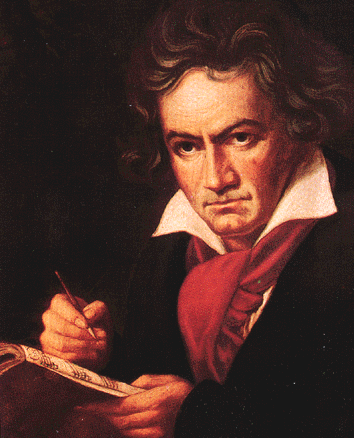How to Play the Remaining Hypnotic Arpeggios in Beethoven's “Moonlight Sonata” — Video

Picking up where we left off last month, here’s the second half of my arrangement of Ludwig van Beethoven’s “Moonlight Sonata,” specifically the first movement’s left-hand piano part, beginning at bar 36.
We continue with the quiet, haunting interlude section that features a chain of cascading diminished-seven and minor arpeggios played over a low, ominous G# pedal tone (a sustained or recurring note, typically a bass note), followed by a modified restatement of the movement’s dramatic main theme and conclusion.
Again, the biggest challenge here, along with not fudging any notes, is to try and allow each arpeggio to ring as much as possible, as if you were using a piano’s sustain pedal. As I mentioned previously, that goal is not 100 percent achievable, as you will, in a few spots, need to let go of certain bass or arpeggio notes in order to sound those that immediately follow, such as in bars 36, 38, 39, 47, 49, 50, 58, 63 and 64.
That’s where using a rich hall-reverb effect helps create some overlap. And the added bass guitar, which you’ll hear online, essentially doubles the built-in bass line an octave lower and holds those notes throughout, effectively covering the occasional bass-note dropouts in the guitar part.
Some important performance tips:
• You can use either hybrid picking (pick-and-fingers technique), which is my personal preference here because of the brighter note attack, or straight fingerpicking, which gives you a softer attack and also makes it easier to not accidentally miss any notes, due to the decreased movement and closer physical connection to the strings. Fingerpicking also allows you to anchor your pinkie to the pick guard more easily, which gives your fingers a more stable base.
• Use your left pinkie to play the first two high notes in bar 36, “hopping” from the high E string’s eighth fret over to the seventh fret on the B string. This will enable you to more easily continue holding the low G# pedal tone and allow the notes that follow to ring together more.
All the latest guitar news, interviews, lessons, reviews, deals and more, direct to your inbox!
• Barre any notes falling at the same fret within a chord, except for the following: the F#m6 in bar 41, the G#7/B# in bar 49, the C# in bars 51, 53 and 55, the G#sus4 in bar 58 and the C#m in bar 64. These five chords are best fretted with individual fingertips.
• Be careful when making the quick changes in bar 58! The second chord, D#dim7, requires a stretch and an index-finger barre, so practice it enough times that you’ll see the notes coming and physically anticipate the fingering. As a drill, loop bars 57–59 repeatedly.
Next month, I’ll present the arrangement’s wailing, David Gilmour–esque lead melody, which features big, soulful bends and glorious, classic rock–style vibratos.

Over the past 30 years, Jimmy Brown has built a reputation as one of the world's finest music educators, through his work as a transcriber and Senior Music Editor for Guitar World magazine and Lessons Editor for its sister publication, Guitar Player. In addition to these roles, Jimmy is also a busy working musician, performing regularly in the greater New York City area. Jimmy earned a Bachelor of Music degree in Jazz Studies and Performance and Music Management from William Paterson University in 1989. He is also an experienced private guitar teacher and an accomplished writer.

